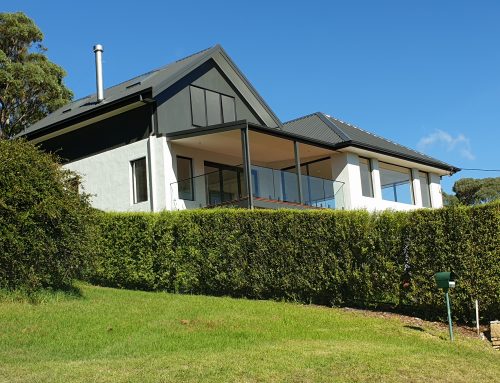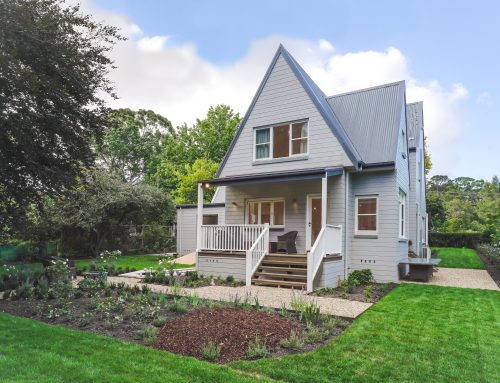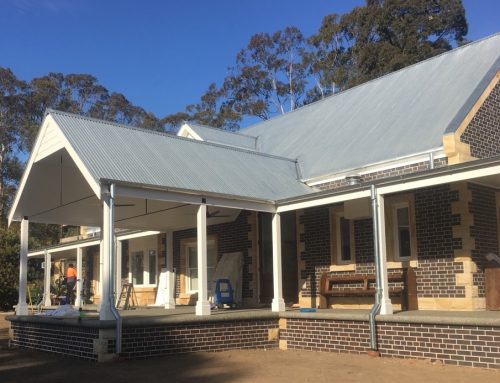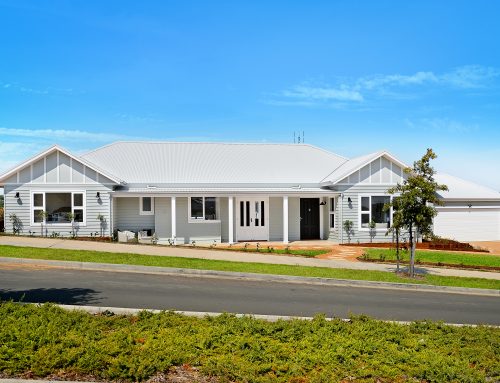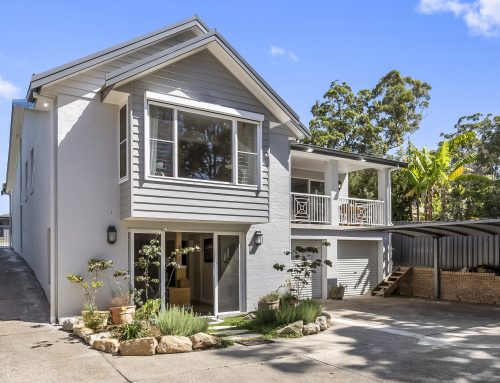You have decided to go ahead with a building project. The next step is to decide who will help you design it, do the drawings needed and submit it to Council. Many people at this point will think, “I’m looking for the cheapest service available.” How many times have you heard the old saying, “You get what you pay for”? Obviously the cheaper the service, the less you are getting! It’s only common sense. We are all in business to make a living. Time is money. If someone charges you a very low fee for your project, they will spend a very small amount of time doing the work. It seems obvious! With the right amount of time your architect can produce a superb design, not just a good one. This is a big investment; short cuts may result in a de-valuing of what will likely be your most valuable asset.
So, if the yardstick you use to compare potential consultants is not ‘the cheapest will get my job’, what should it be?
Choose carefully. Compile a list of potential designers. Resources to identify the possibilities include the Royal Australian Institute of Architects “Find an Architect” service (see www.architecture.com.au), the yellow pages, advice from real estate agents and referrals from friends and relatives. Put out your feelers- you’ll be surprised how many people will have suggestions. Meet with those on your ‘short list’. Find out how they work, what services they offer, how much it will cost, etc. View their work and ask for references. Once you have all the information about all those on your list, make the choice based on your own priorities and concerns.
When you find someone with whom you want to work, sign up! It is a good idea when hiring a consultant to have a written agreement between you as to the scope of services they will provide. Establish what they will do for how much, and have them set it out in a letter that you both sign. This will protect you later when memories of those promises given at the first few meetings become vague!
Remember: You get what you pay for. Consider the possibility that paying a little more in the beginning could save you a whole lot more in the end. Choosing the best person for your job, and not the cheapest, is likely to result in a final product that you are most happy with, and the best value for money.


